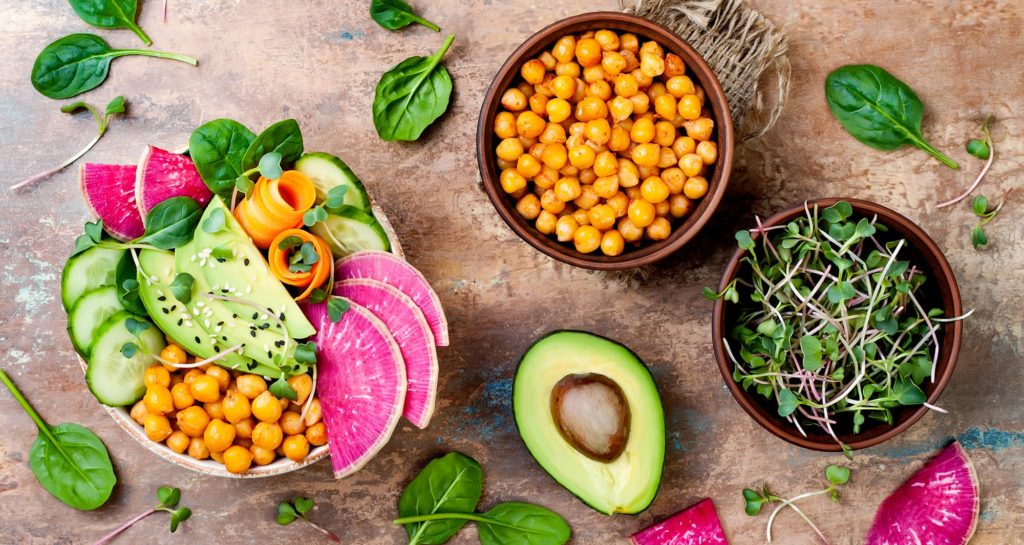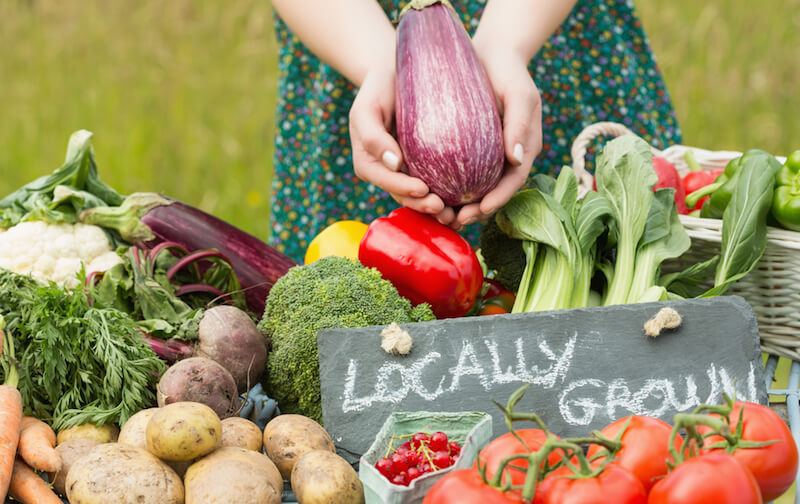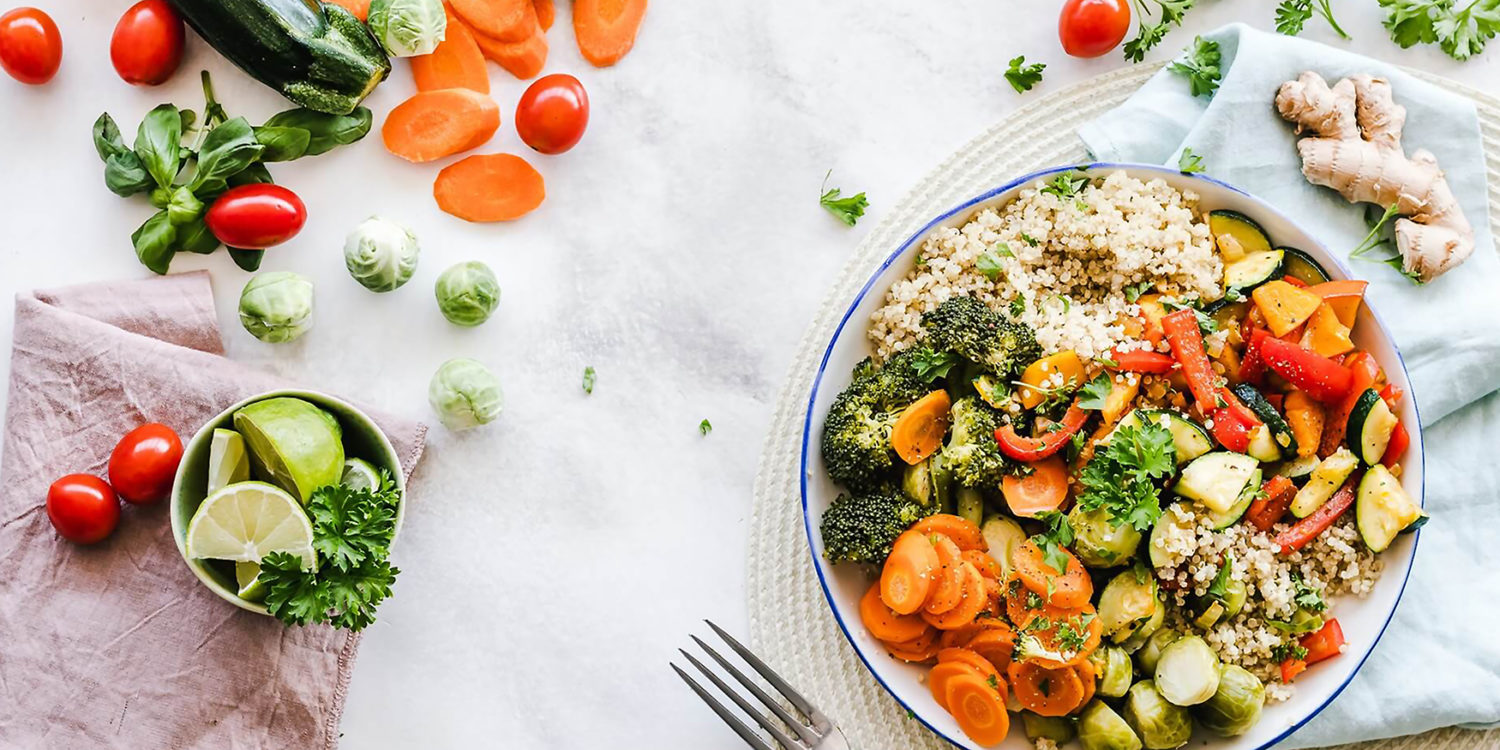Sustainable food is not new, and you must have heard it many times before. It may sound difficult, but in reality it isn’t! Sustainable food is simply good, healthy food that is made without dangerous pesticides, chemicals, unnecessary antibiotics and growth stimulating supplements. In short, it’s about paying attention to what you put into your body and how the food you buy affects the environment. Many grocery stores are filled with organic food, and all aisles are dedicated to healthy eating. Sustainable food uses production techniques designed to protect the environment, public health, communities and animals.
This is the time of year when everyone starts thinking about all the food we give our bodies. As the holiday season approaches, some of us may be stressed and worried about what to eat or not to eat and find new ways to enjoy ourselves without feeling guilty. It is possible to adopt or stick to a sustainable eating lifestyle during the vacations and even afterwards.

Let’s take a look at what a sustainable plan can involve:
Adopting a sustainable food lifestyle means producing more food at home and giving up packaged food so as not to create excessive waste and end up filling up landfills. Yes, if there are a lot of people, but by taking a little time, you can do your part to make a significant impact on the environment for years to come.
Grow something. It could be herbs in a pot, tomatoes on a patio, or a small plot in your yard. There’s not much you can do to better appreciate what it takes to create food than to grow your own. You understand the multitude of factors involved in plant growth, the attention required to successfully grow food, and the precariousness of the process. This knowledge will likely influence how you buy, use and dispose of food.
Shop locally. Shopping locally is a fun way to support your community. It keeps your dollars in the community you live in and promotes a healthy and diverse environment. When you buy locally grown food, you reduce the amount of fuel needed to ship it to your market.
Start conversations about food. Talk to farmers at your market, grocery store staff and restaurateurs, or the growing number of people who pay attention to how food ends up on their plates. You can discover new tips, learn about new resources and find other local, sustainable food producers and suppliers.
Eat seasonally. Blueberries don’t grow in Montana in January, but you can always buy “fresh” blueberries at that time. That means they probably come from far away. Whenever possible, focus on foods that are available in the season you live in, and you’ll promote sustainability.

Tap your tap. Liquids are among the heaviest items to ship in the country, and it takes a lot of fossil fuel to transport them. Instead of buying bottled beverages, use a refillable bottle and fill it with tap or filter water.
Refresh your shopping list. Think about bulk foods, less processed foods and more plant-based meals. This means less packaging and waste and less energy and water used to produce certain foods.
Vote with your wallet and fork. There is no better way to influence the direction of our food system and what grocers, restaurateurs and food companies produce and sell than to influence their bottom line. Ask your food suppliers to support local farmers, local producers and sustainable agriculture. Show your support through your purchasing decisions.
Go local
Whether it’s meat, fish, dairy, fruit, or vegetables, purchasing directly from local butchers and farm shops is a great way to eat sustainably. Not only does it encourage local food production and boost the economy, but it reduces your carbon footprint as the food you’re buying won’t have travelled hundreds or thousands of miles. Local food shops and farmers markets usually operate on a much smaller scale than supermarket chains, meaning lower impact and less waste, too. The health benefits of going local include fruit and veg that is at its freshest – meaning that they’re likely still packed with nutrients when they land on your plate.
